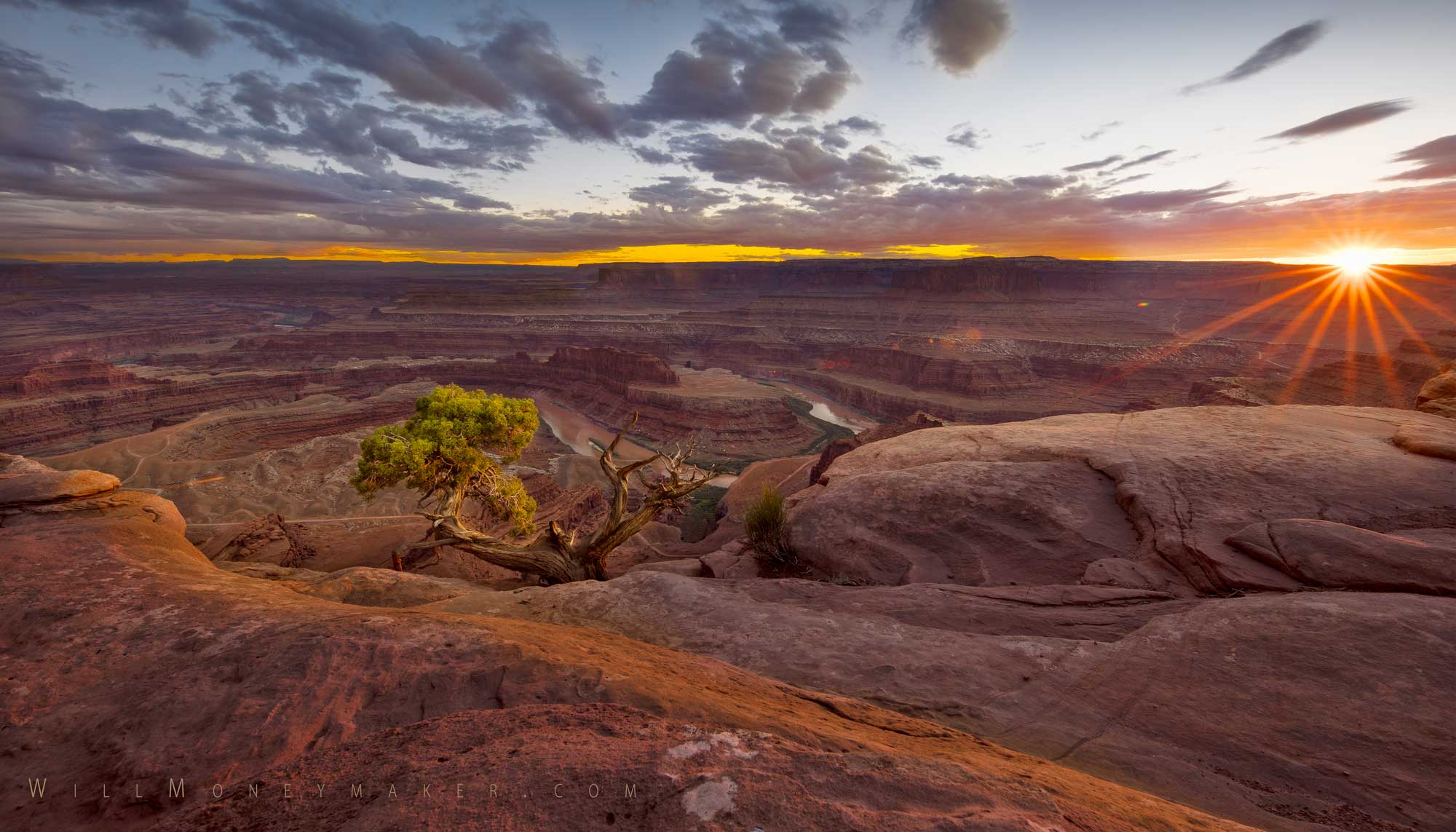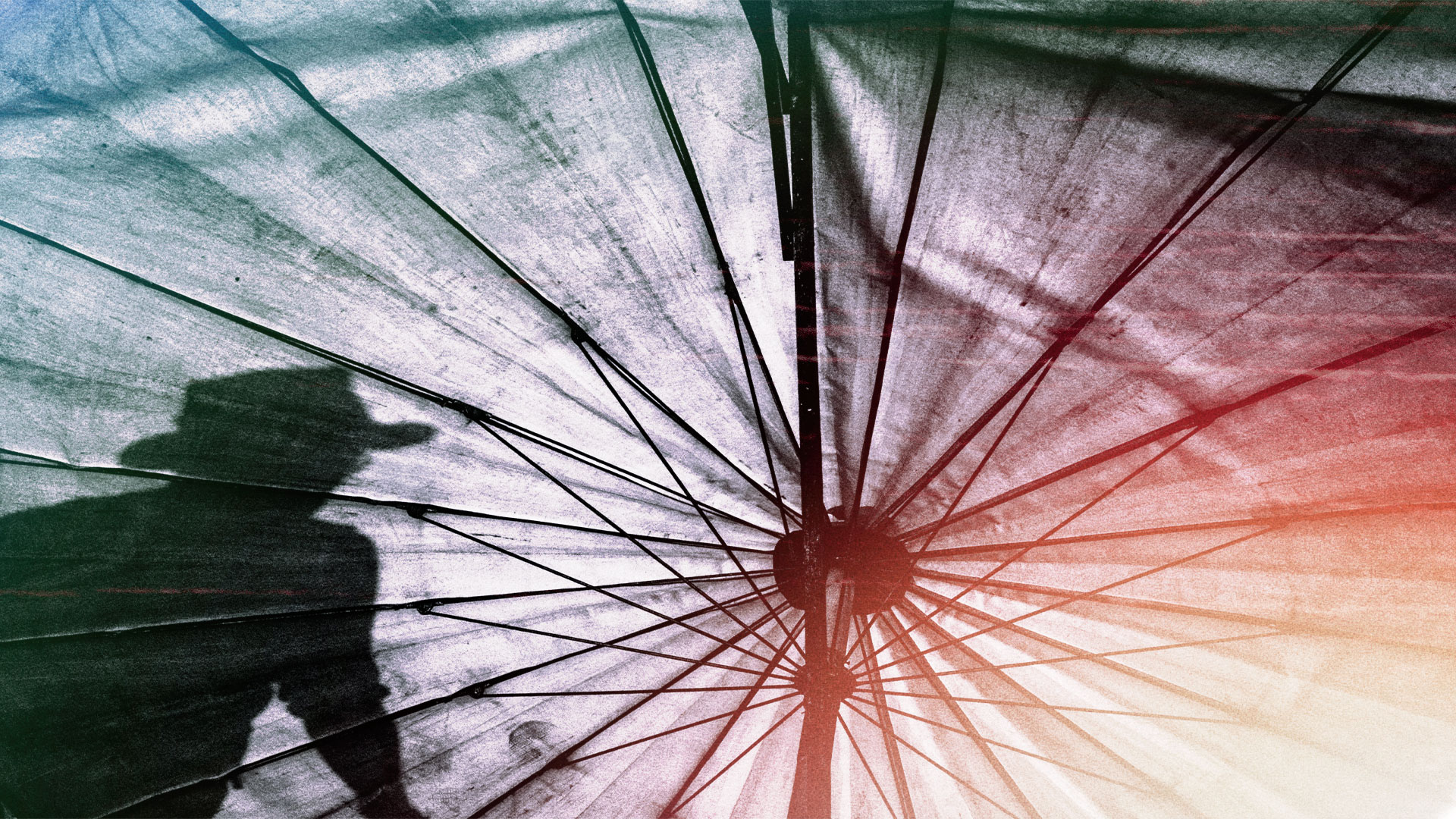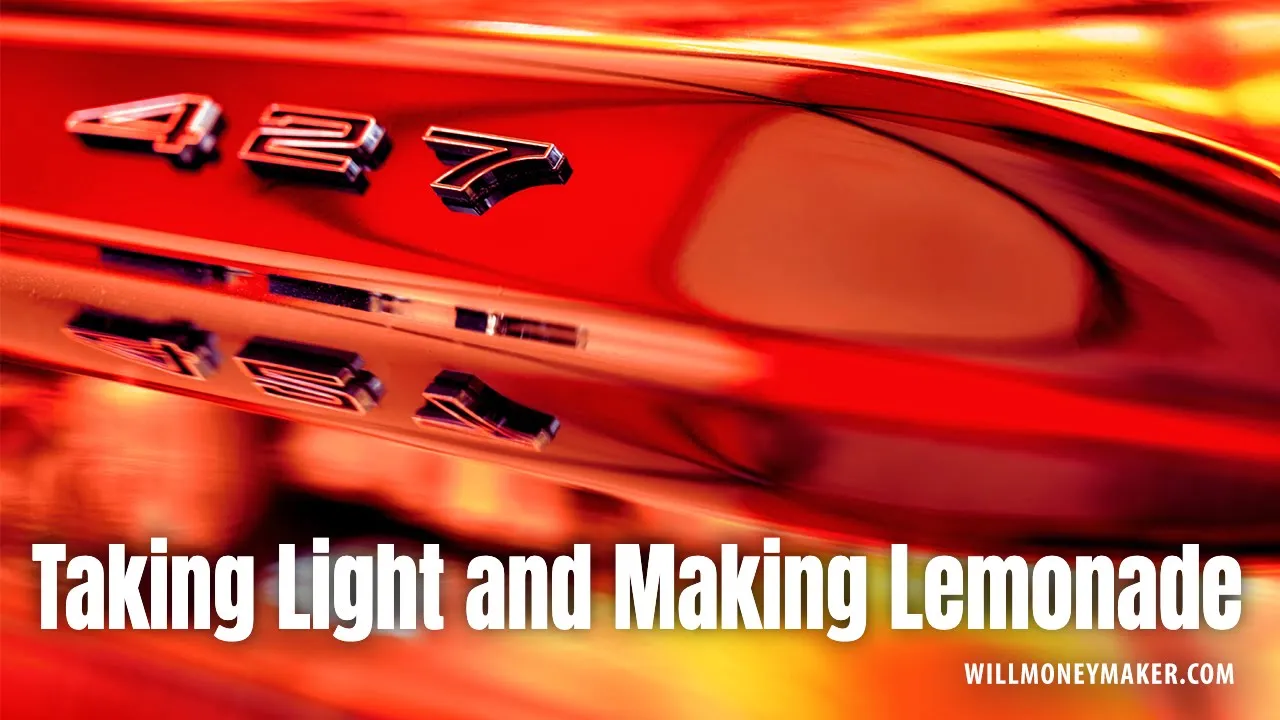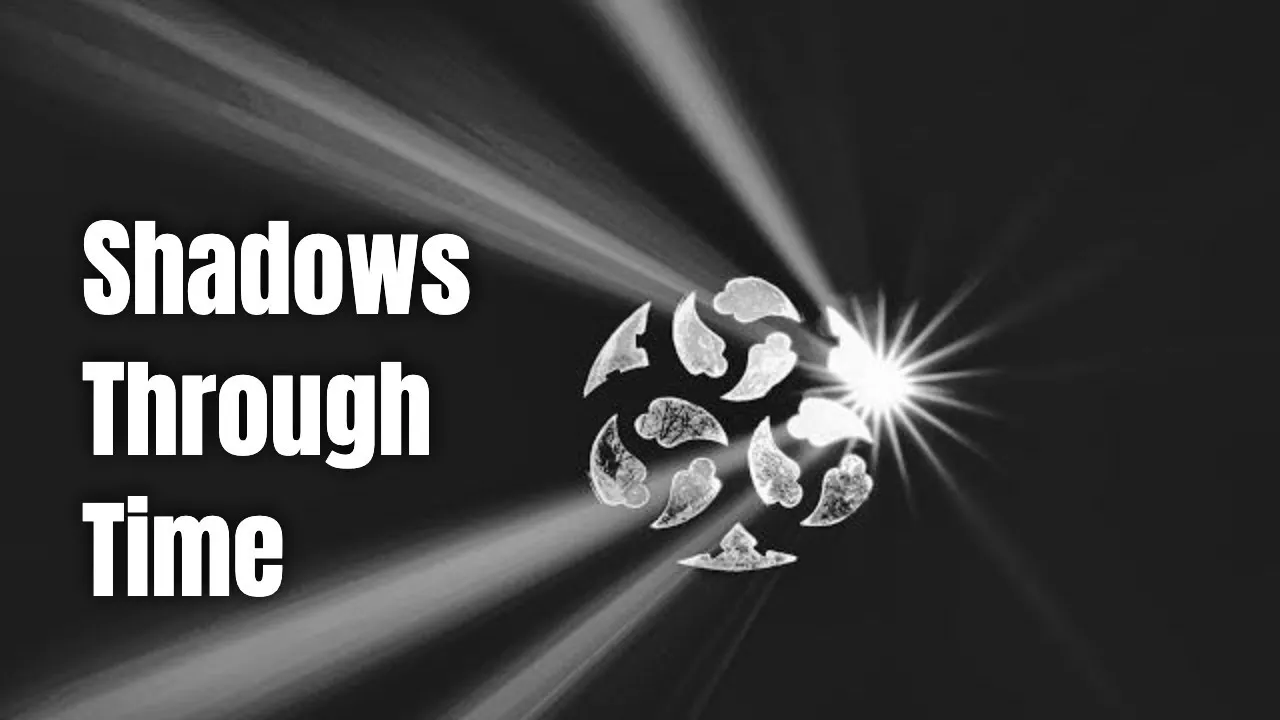Last week, we talked about all the beautiful things one can do with angular lighting. And with that, I mentioned that there are three primary lighting factors to take into consideration: directionality, color, and intensity. So why not explore these other two factors? This week, I’ll show you how colors can be used with regards to lighting, and if you’d like primer on intensity, then stay tuned for next week!
Colored lighting is a topic that often only receives surface-level attention. We know all about the differences between warm and cool lighting, sunlight versus incandescent or fluorescent. Oftentimes, we find ourselves working with what is available. But, we don’t have to always work with the light we have! There are lots of ways to modify light, making it warmer or cooler, adjusting the tone subtly to dramatic effect in our images. There are even ways to add wild colors to lighting, particularly if you’re using off-camera lighting equipment. Let’s get started with the types of ambient light you may run into and the effects that they’ll have on your images.
The Many Colors of Ambient Lighting
The most well-known types of ambient lighting are the types of daylight — and there are several that you’ll need to be aware of. It all starts with the “golden hour,” which is a fanciful term for late afternoon sunlight or lighting conditions not long before sunset. Of all the types of available daylight, this is the warmest, giving a golden look to photographs. Photographers often use it to give images a cozy feel or to make them seem reminiscent or old-fashioned. By the same token, morning sunlight, just after sunrise, also has a golden cast to it a lot of the time, though the effect isn’t so prominent as those hours before sunset.
Then you’ve got midday sun, which tends to be harsh, bright lighting. It’s the most neutral type of natural sunlight, leaving very little color cast at all. This is the best color lighting when you want colors to render as true as possible.
Overcast lighting — the kind of lighting you get on cloudy days — tends to be cool. It’s great for creating a chilly or moody look. Too, because overcast days are a type of diffuse lighting, this type lets you soften or even eliminate harsh shadows.
There are also several types of indoor ambient lighting to think about. Even though most indoor lighting these days is color corrected LED or florescent, you may still run into some older lighting types on occasion. Photographers often use white balance settings on their cameras to correct the color casts these kinds of lighting give, but if you’re going for a certain effect, you’re free to leave the cast alone!
Some of these lighting types include older, traditional florescent lights, which are known to produce a greenish hue. People photographed under old florescent lighting often have a sickly look — but again, with modern florescent, which come in any number of color temperatures, these lights are becoming rarer.
Once in a while, you may run into tungsten or incandescent lighting. Tungsten and incandescent lighting both cast a warm, almost orange shade in photographs — but be mindful that these types of lighting are growing rarer as time goes on. Still, if you do run across incandescent or tungsten lighting, then you’ll have the option to either use white balance functions to remove the color cast or just go with it! Sometimes the warm glow of incandescent light can add a homey, cozy effect to images so long as it’s not too pronounced.
Flash, Studio Lighting and Light Modifiers
Now you know about various types of ambient light that you may run across, but there are other types of lighting, too. Namely flashes and studio lighting along with various light modifiers that you can use to change the quality of the light. Flashes and studio lighting are for the most part very close to natural daylight in that they produce a neutral, nearly white light free of color casts.
When it comes to colored light modifiers, reflectors are sometimes used to alter lighting’s color. And these don’t necessarily have to be used in a studio. Photographers often use them in ambient situations just to change light’s color a little bit. Two common reflector colors are silver, to cool warm lighting slightly or to throw white light, and gold, to help warm available light up.
Shooting with Colored Gels and Filters
Last, there is a type of colored light modifier that deserves its own explanation. These are colored gels — although depending on your equipment, you may use colored filters over your light sources or even colorful cellophane.
Even though a lot of photographers don’t use colored gels, they do have a lot of handy uses. When applied subtly, they can alter lighting just slightly to give you any number of desired casts. Warm photographs up, cool them down, give them an incandescent look if you so desire.
Gels are also handy for special effects. This is particularly prominent in portrait photography, but you can use gels for any kind of photography that requires flashes or off-camera lighting. In portraiture, for instance, colorful gels are sometimes used as hair lights to throw green, blue, purple, or some other shade on a subject’s hair. They can also be used to apply color to glowing skin or create a colorful shine on glossy surfaces. Really, the effects are limitless—and quite interesting if you have a taste for special effects that can be achieved with relatively simple lighting techniques.
The more you learn about applying color to your lighting, the more versatile you’ll become as a photographer. Colors can be used in hundreds, perhaps thousands of ways to create any effect that you can imagine. The best part is that these techniques are easy to manipulate. Reflectors, cellophane, gel, and other modifiers, or even the light immediately available to you — experiment with it and see what happens!





